Comprehensive Guide to Car Engine Parts and Their Functions
By Md Monirul Islam
Published: Jan 7, 2025
Share the post
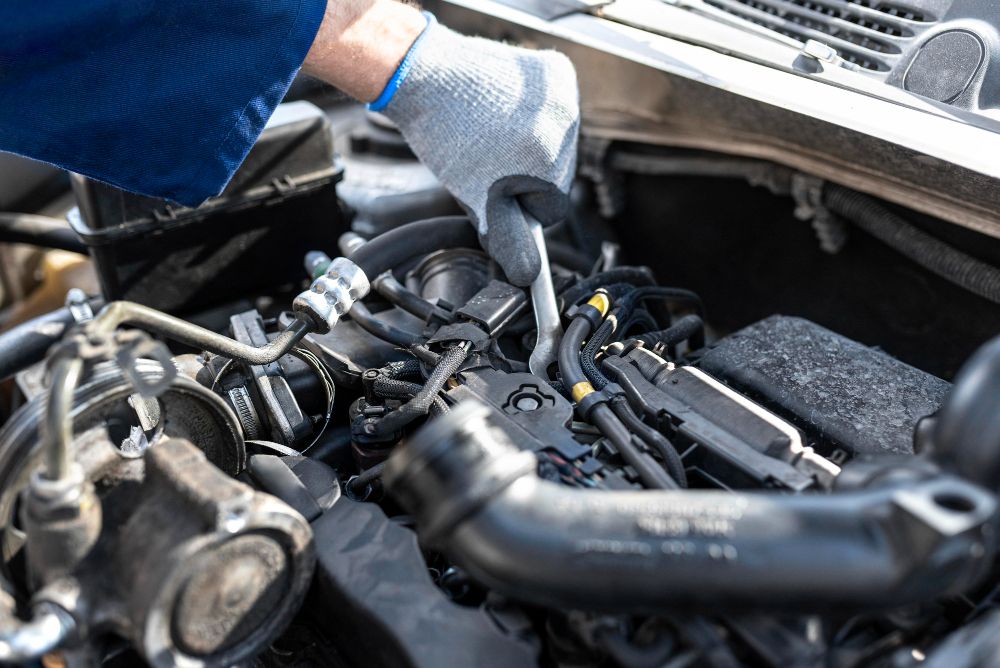
Mastering Car Engine Parts: How They Work and Save You Money
A car engine is the heart of your vehicle, transforming fuel and air into the power that propels it forward. Understanding car engine parts and how does a car engine work is essential for performance and cost savings. An engine consists of components like the engine block, pistons, crankshaft, and camshaft, all working together to convert energy into motion.
At its core, a car engine operates on internal combustion. Fuel and air mix within the cylinders and ignite, creating energy that moves the vehicle. Keeping the parts of a car engine clean and well-maintained is vital. Regular use of a car engine cleaner and high-quality engine oil enhances engine longevity and efficiency.
The engine block, often called the backbone of the engine, supports components like the pistons and crankshaft. Proper care and routine maintenance of the engine block and other parts prevent costly repairs and ensure long-term cost savings. By knowing the basics of car engine parts and their functions, you can make informed decisions, boost performance, and keep your vehicle running smoothly for years to come.
UPDATED ON JANUARY 7, 2025, WITH THE LATEST PRODUCTS AND TESTING RESULTS TO KEEP YOU INFORMED ABOUT THE BEST CAR ENGINE PARTS.
Essential Car Engine Parts: Functions, Maintenance, and Cost-Saving Tips
Engine Block: The Foundation of Your Car’s Engine
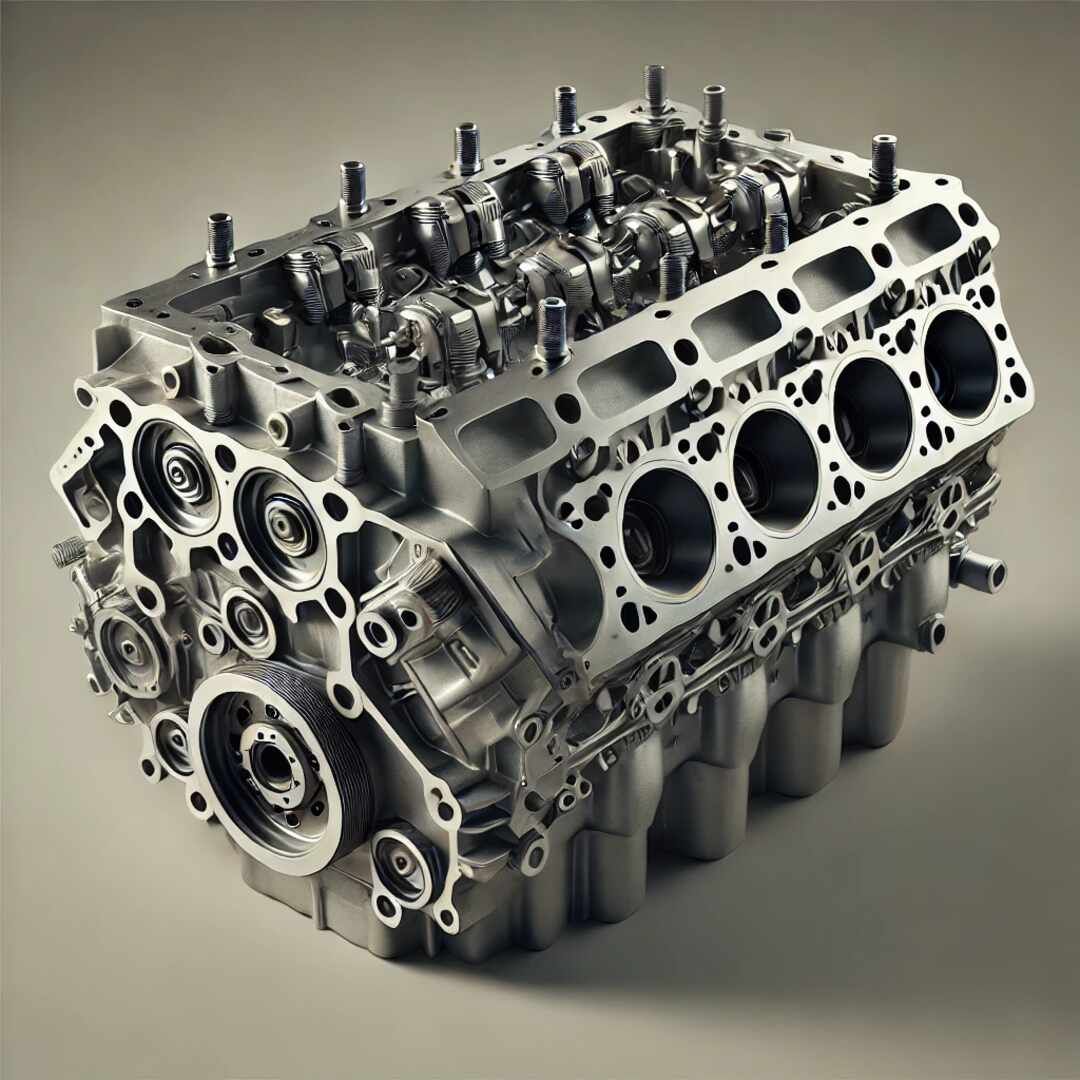
The engine block is the core of all car engine parts. Made from aluminum or iron, it houses the cylinders, where combustion happens, and directs oil and coolant to keep the engine running smoothly. This essential component supports critical parts like the pistons, crankshaft, and camshaft.Regular maintenance, like cleaning with a quality car engine cleaner, helps prevent damage and ensures the engine runs efficiently. It also leads to cost savings by avoiding costly repairs. The engine oil circulates through the block, lubricating moving parts and reducing friction. Using the right motor oil and changing it regularly protects the engine block, extending its life and enhancing your vehicle's performance.
Learn more about "TOP ACCESSORIES of CAR" for helpful tips.
Cylinders: Key to Your Car Engine Parts
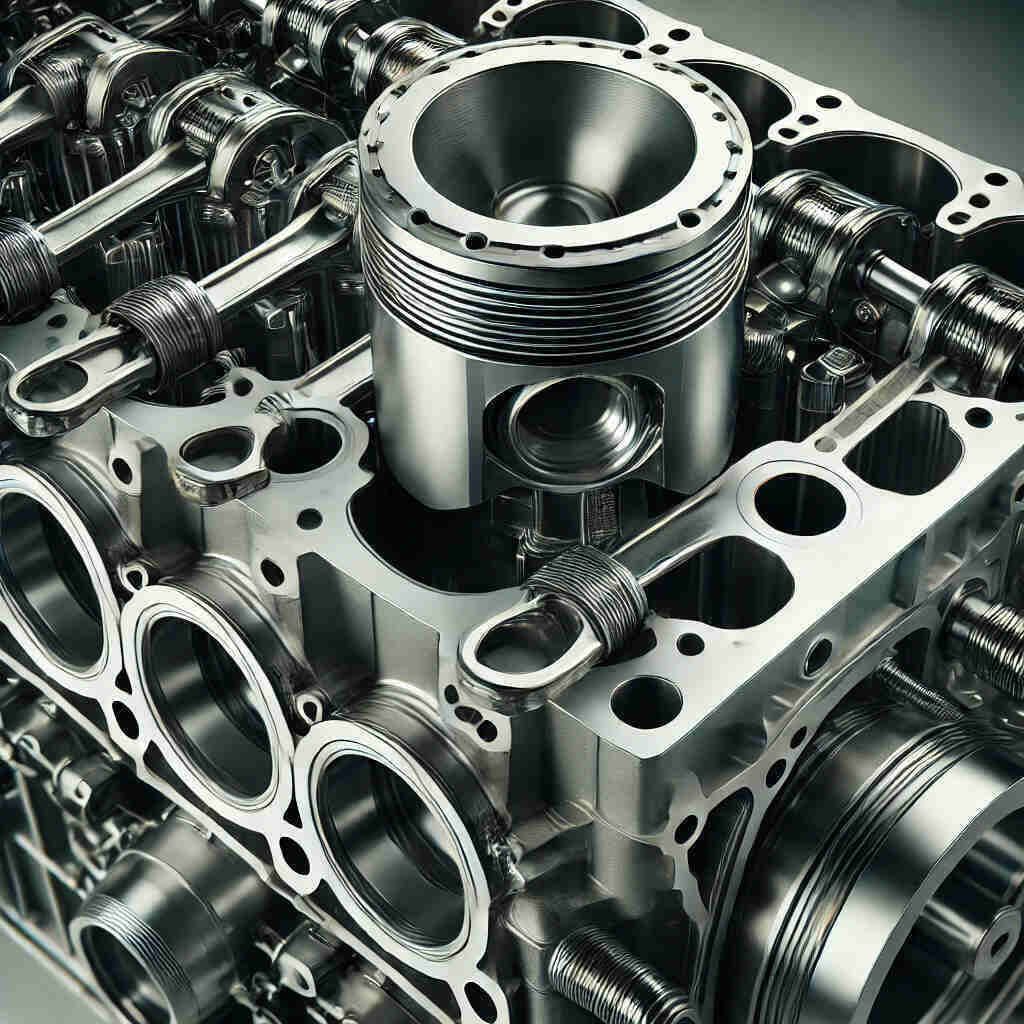
The cylinders are essential components in a car engine, serving as the chambers where combustion takes place. Inside each cylinder, a precise mix of fuel and air ignites to create the power that drives your vehicle. Depending on the engine design, cars may have four, six, or more cylinders, arranged in various configurations like inline, V-shaped, or flat. The size and arrangement of the cylinders directly affect engine performance. Proper maintenance, including using quality engine oil, ensures the cylinders operate smoothly, minimizing wear and tear while maximizing efficiency. This attention to detail helps your car’s engine work efficiently and contributes to long-term cost savings.
Learn more about "OVERSPENDING on AUTO DETAILING" for helpful tips.
Pistons: Engine Parts for Power Conversion
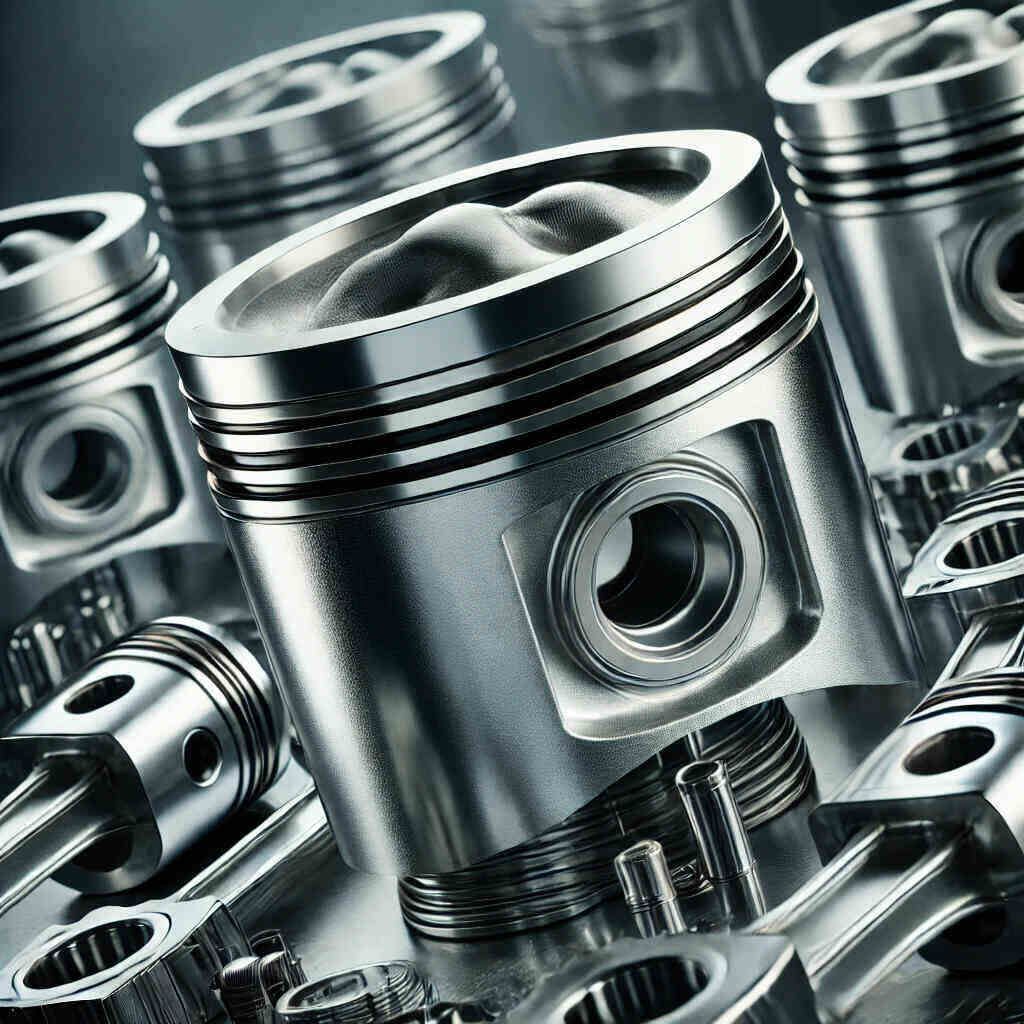
Pistons are vital car engine parts that move up and down within the cylinders, converting energy from combustion into mechanical motion. They are connected to the crankshaft and play a crucial role in how an engine operates. The pistons transfer the force generated during combustion to the crankshaft, which then powers the vehicle. Keeping pistons clean and well-lubricated with high-quality engine oil is essential for smooth performance and efficiency. Regular use of a car engine cleaner helps prevent carbon buildup, ensuring the pistons and other engine components perform at their best. Proper maintenance of pistons contributes to cost savings by avoiding major repairs and improving the overall lifespan of the engine.
Learn more about "AUTOMOTIVE MAINTENANCE" for helpful tips.
Crankshaft: Engine Parts for Power Transfer
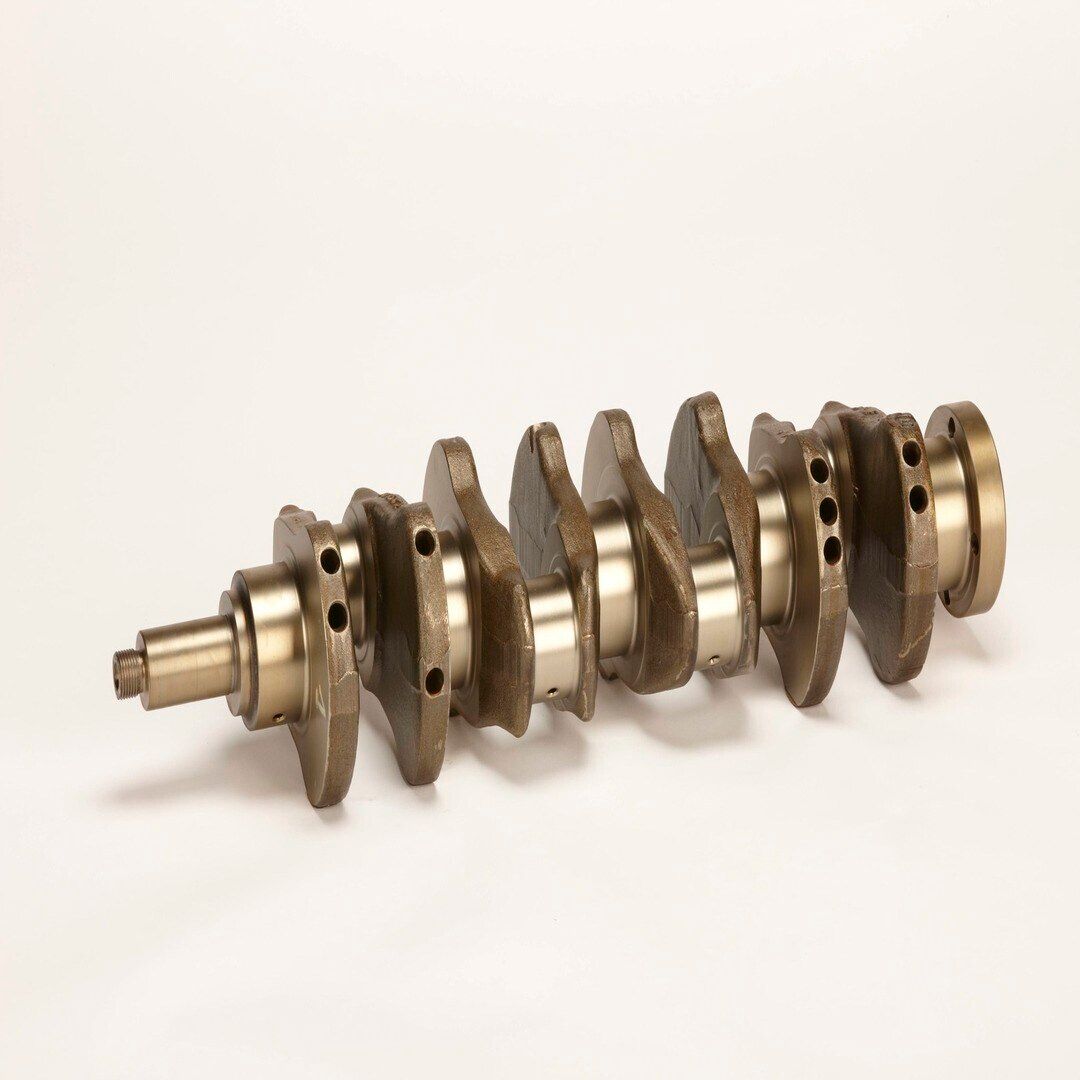
The crankshaft is a key engine part that transforms the pistons' linear motion into rotational energy, which powers your vehicle. Located at the base of the engine block, it plays a vital role in how an engine operates, working continuously while the engine runs. The crankshaft is connected to several other car engine components, including the pistons and camshaft, ensuring efficient power transfer. Regular lubrication with high-quality engine oil is essential for minimizing friction and wear. Using motor oil and maintaining clean components with a car engine cleaner can help avoid damage, leading to cost savings and extending the life of vital engine system components.
Learn more about "FIX DAMAGE CAR" for helpful tips.
Camshaft: Vital Car Engine Part for Timing Control
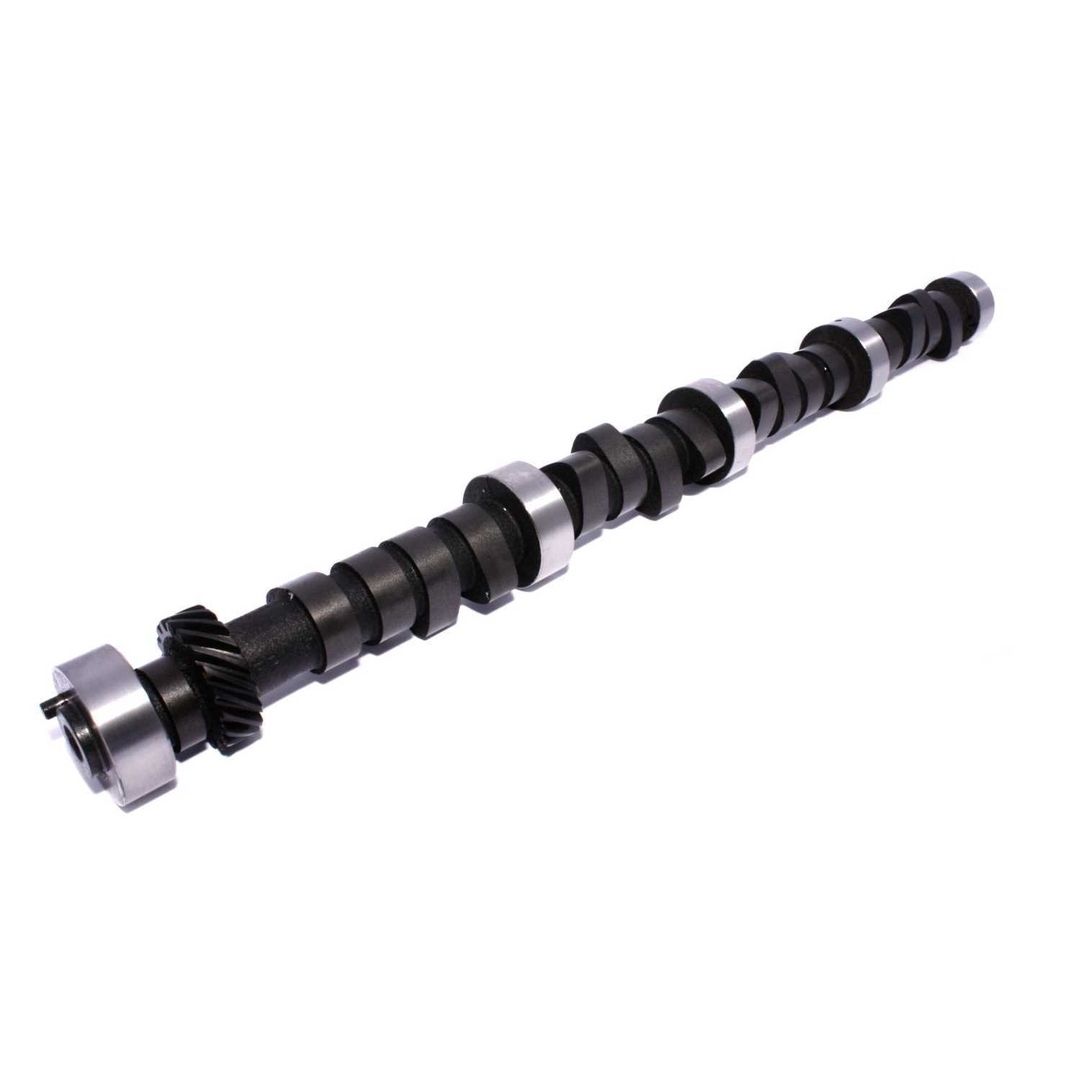
The camshaft is a critical engine part responsible for controlling the precise timing of the engine's intake and exhaust valves. By ensuring that the valves open and close at the right moment during each cylinder’s operation, the camshaft plays a key role in how an engine operates efficiently. Proper synchronization between the camshaft and other car engine components, like the crankshaft, is essential for smooth engine performance. Regular inspection and maintenance of the camshaft can prevent issues like valve misfires or timing belt failures, saving you from expensive repairs. Using quality engine oil ensures smooth movement and reduces wear, contributing to cost savings and extending the life of this vital car engine part.
Learn more about "AUTO DETAILING" for helpful tips.
Valves: Critical Car Engine Parts for Performance
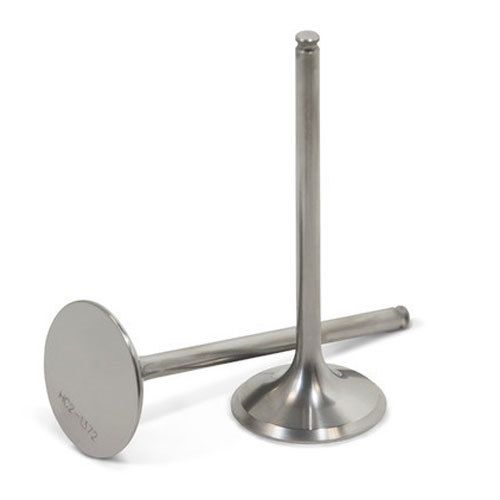
The valves are essential car engine parts that regulate the intake of the air-fuel mixture and the release of exhaust gases. Positioned within the engine block, they ensure precise timing, allowing the combustion process to function smoothly. Properly working valves are critical for maintaining optimal engine performance, as even minor faults can result in power loss or engine misfires. Regular inspection and cleaning, possibly using a car engine cleaner, help keep the valves in good condition. Lubrication with high-quality engine oil minimizes wear, prolonging their lifespan and contributing to cost savings. By maintaining the valves, you ensure a more efficient combustion process, which is central to how a car engine works.
Learn more about "TOP ACCESSORIES of CAR" for helpful tips.
Spark Plugs: Car Engine Parts for Combustion
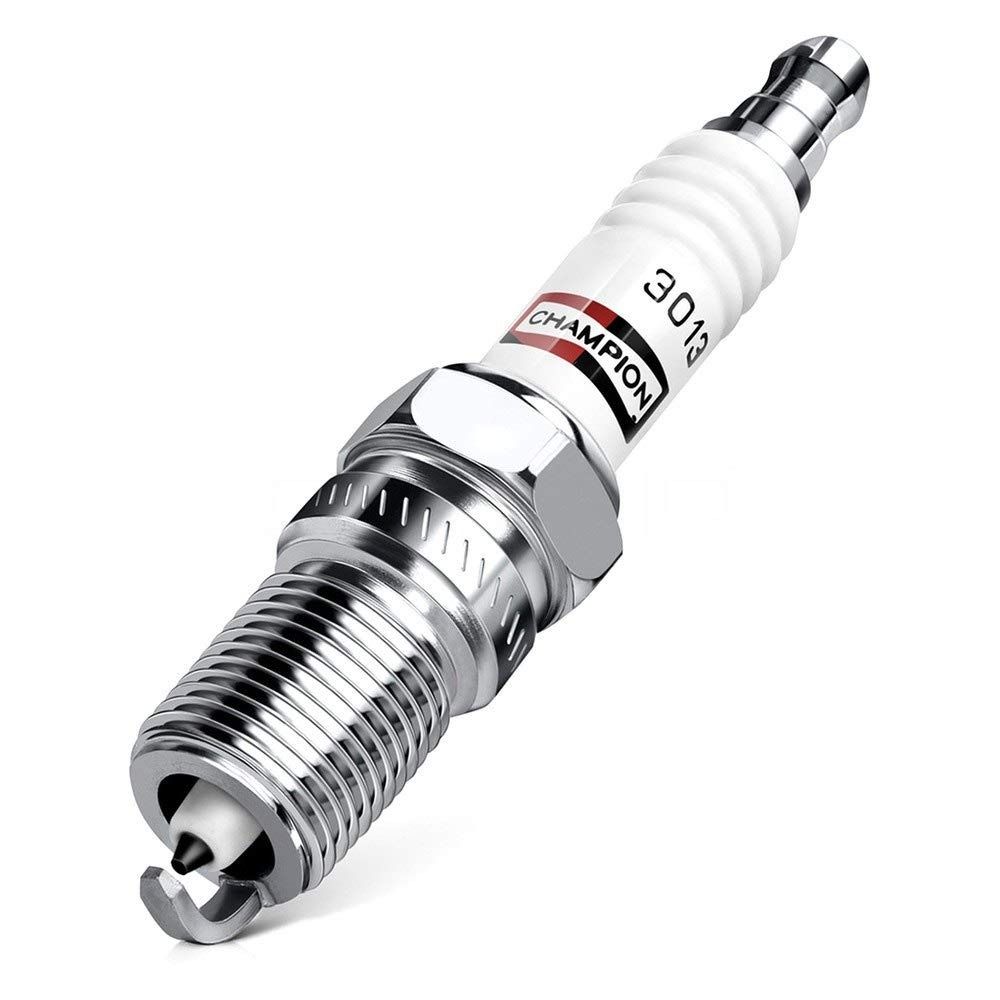
Spark plugs are vital car engine parts that ignite the air-fuel mixture inside the cylinders, kickstarting the internal combustion process. This small but powerful component plays a crucial role in how a car engine works, ensuring efficient energy conversion and smooth performance. Regular inspection and timely replacement of spark plugs are essential for maintaining optimal engine performance. Worn-out spark plugs can cause misfires, reduced fuel efficiency, and power loss. Using high-quality spark plugs and keeping the surrounding areas clean with a car engine cleaner can enhance reliability and extend their lifespan. Proper maintenance of spark plugs not only improves combustion efficiency but also leads to long-term cost savings through better fuel economy and reduced repair expenses.
Learn more about "OVERSPENDING on AUTO DETAILING" for helpful tips.
Timing Belt/Chain: Vital Car Engine Parts for Synchronization
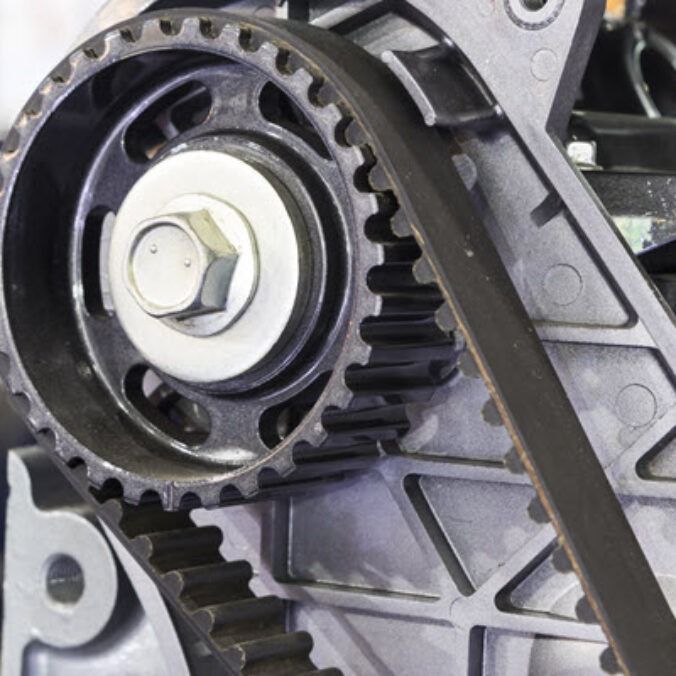
The timing belt or chain plays a crucial role in synchronizing the motion of the crankshaft and camshaft, ensuring that the engine operates with precise timing. It controls the opening and closing of the engine’s valves, making it essential for the internal combustion process to run smoothly. Without a properly functioning timing belt, the engine may fail entirely. Regular inspection and replacement of the timing belt or chain are essential for avoiding major damage to engine components. Timely replacement can save on maintenance costs, preventing expensive repairs and ensuring your engine continues to run efficiently.
Learn more about "AUTOMOTIVE MAINTENANCE" for helpful tips.
Oil Pan: Crucial Car Engine Parts for Lubrication and Cooling
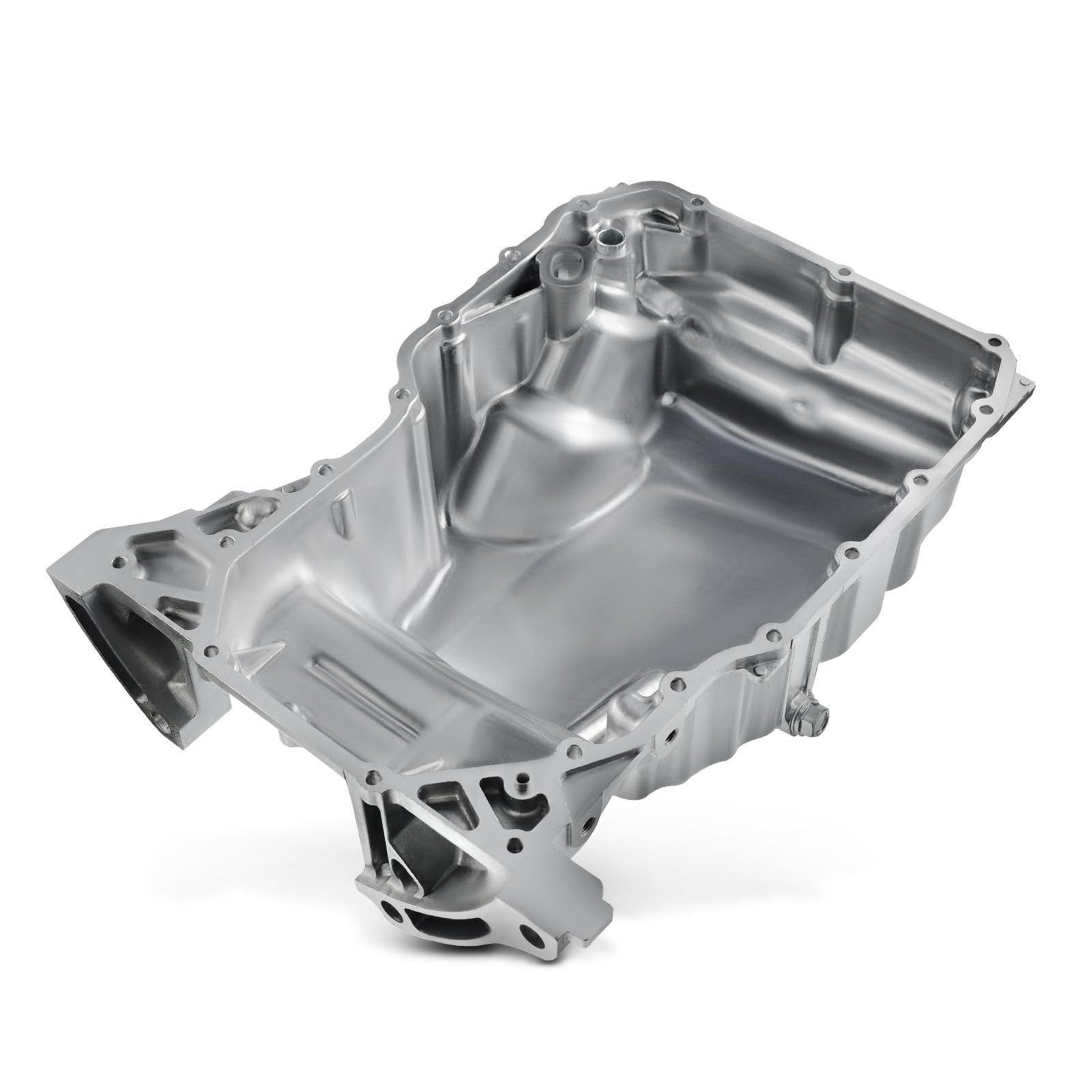
The oil pan is an essential car engine part located at the bottom of the engine. It holds the engine oil that lubricates and cools moving engine components, ensuring smooth operation. The oil pan also plays a critical role in maintaining optimal oil levels for the internal combustion process. Regular inspection and maintenance of the oil pan are important to prevent leaks and ensure it remains clean. Using a car engine cleaner can help remove sludge buildup, improving oil flow. By keeping the oil pan in good condition, you can avoid costly repairs, leading to cost savings and extending the lifespan of vital engine system components.
Learn more about "FIX DAMAGE CAR" for helpful tips.
Related Posts
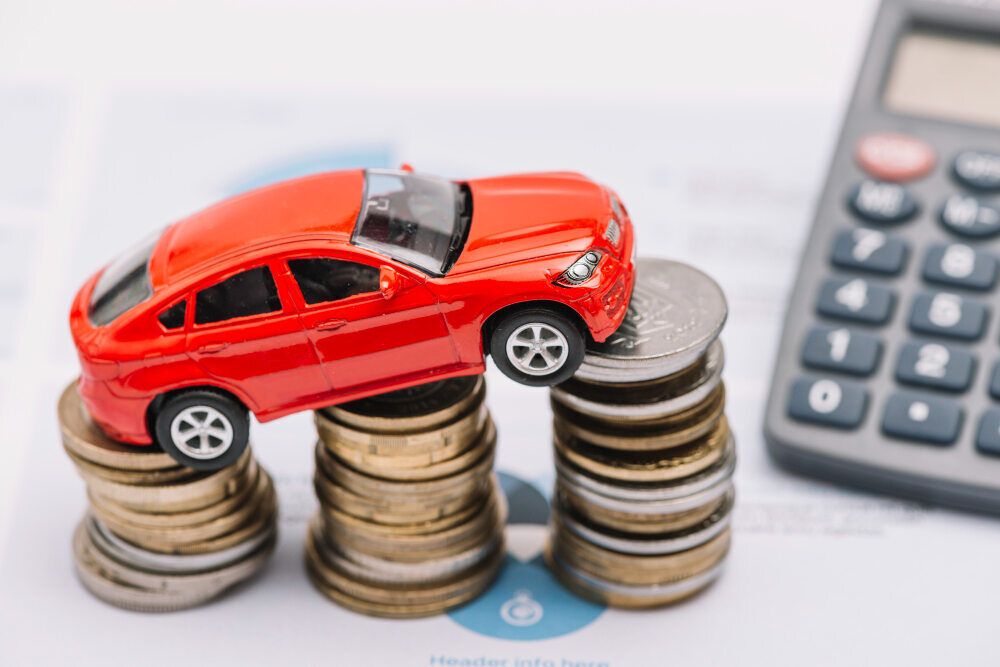
Overspending on Auto Car Detailing? Discover Smart Hacks and Techniques!
To save extra costs, check out the best auto car detailing hacks ever written. Learn everything you need to know about auto detailing.
By Md Monirul Islam
Published: Nov 3, 2024
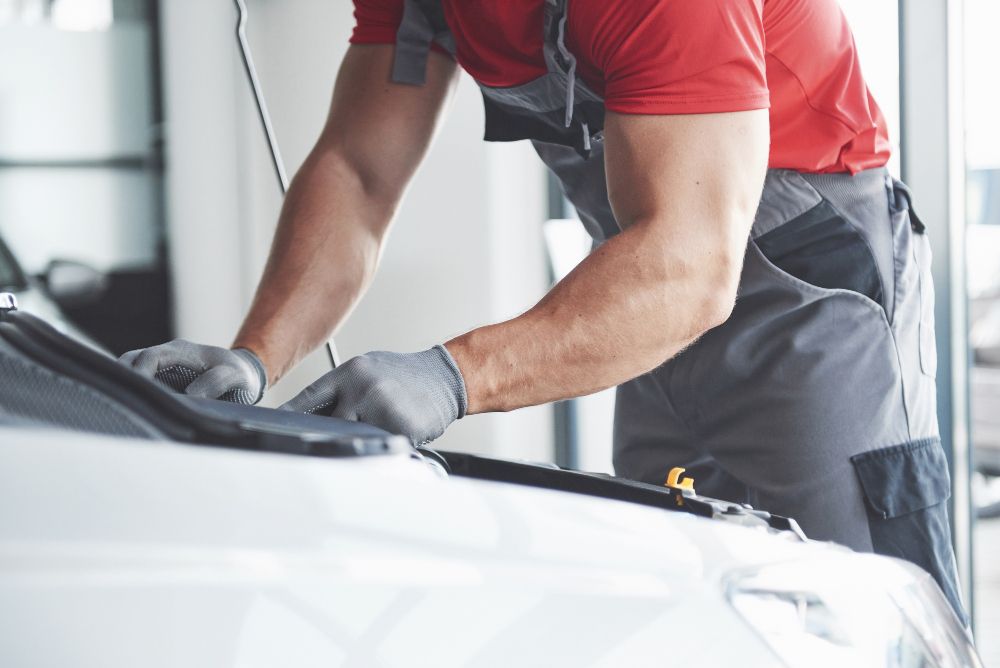
Comprehensive Guide to Automotive Maintenance Repair and Essential Tools
Discover the essentials of automotive maintenance repair and the tools you need to perform repairs effectively, whether for gas or electric vehicles. Explore top products like the foldable aopside automotive engine creeper and diagnostic tools to maintain and troubleshoot your car effortlessly.
By Md Monirul Islam
Published: Nov 8, 2024

How to Fix Car Damage by Hail: Effective Repair Tips & Tools
Learn how to repair car damage caused by hailstorms effectively. Discover essential tools like windshield repair kits, paintless dent repair kits, and hail protectors to protect and restore your vehicle.
By Md Monirul Islam
Published: Nov 8, 2024
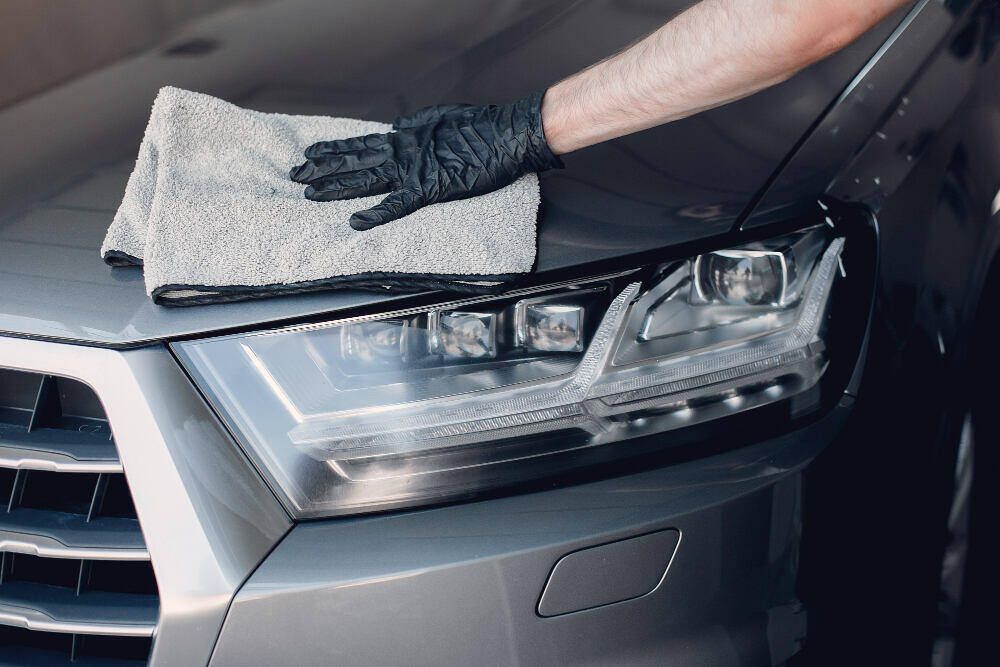
Auto Detailing | Costs & Prices Explained
In just 2 minutes, you can get an advanced idea about auto detailing. This blog gives you organized analytical data for price ideas. It will help resolve all your auto detailing-related issues.
By Md Monirul Islam
Published: Nov 15, 2024